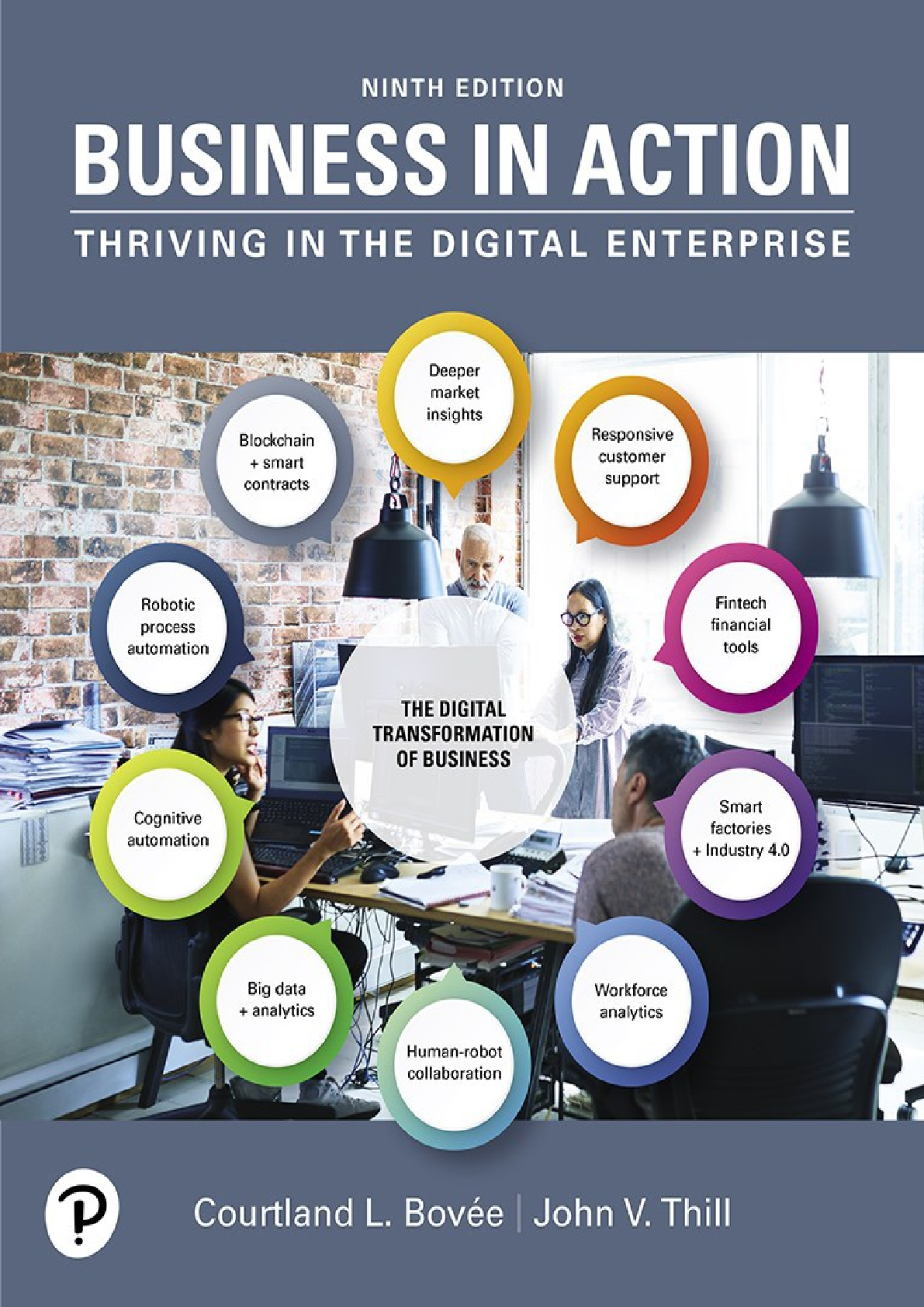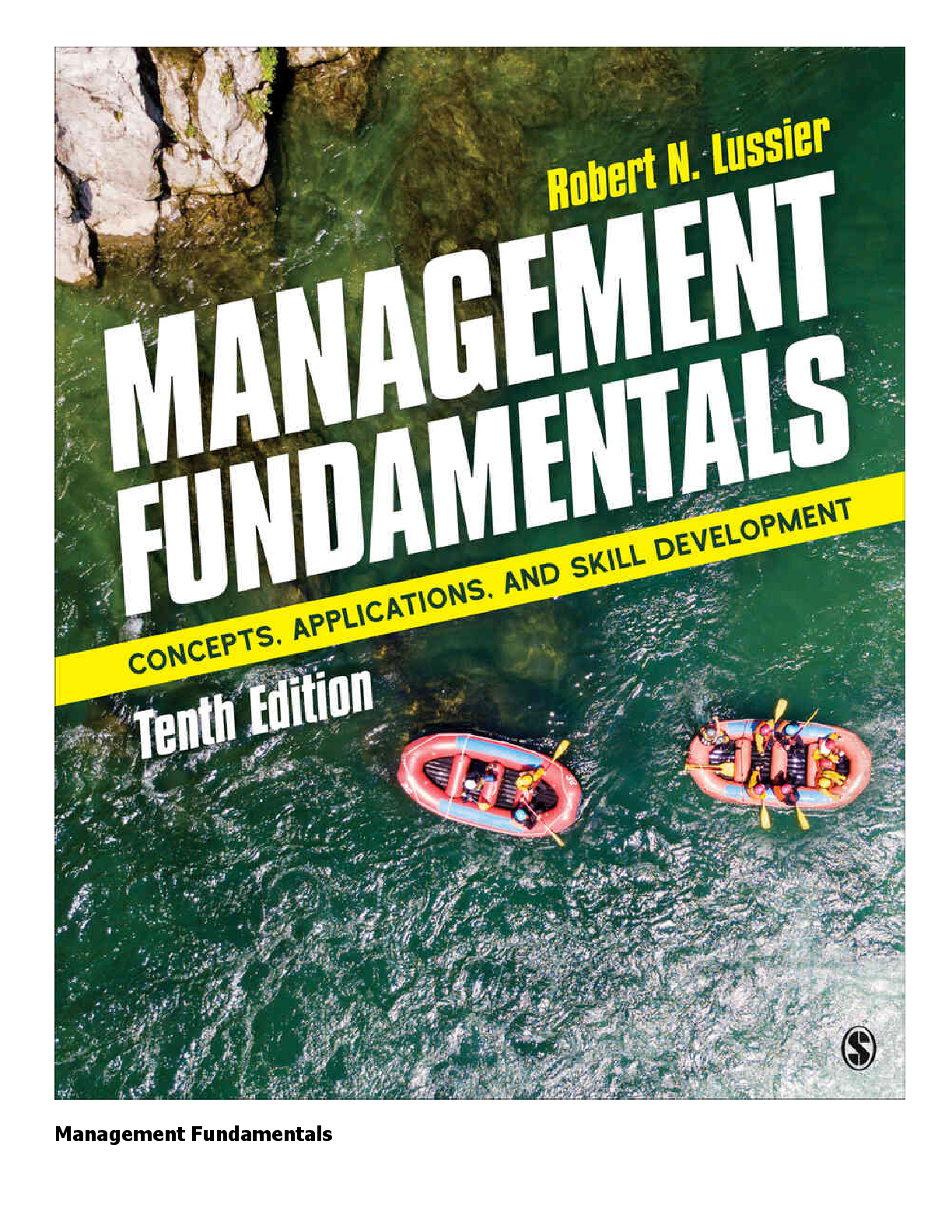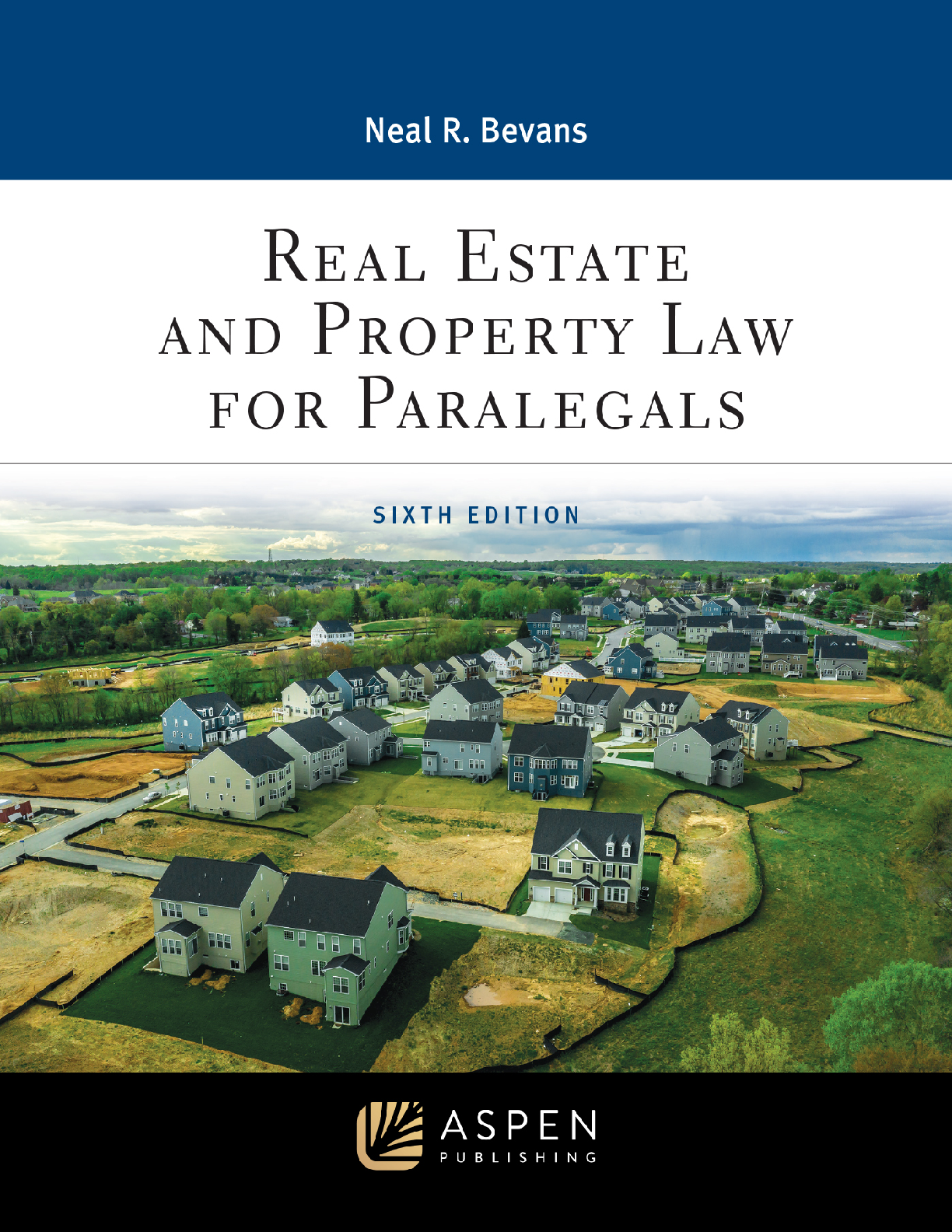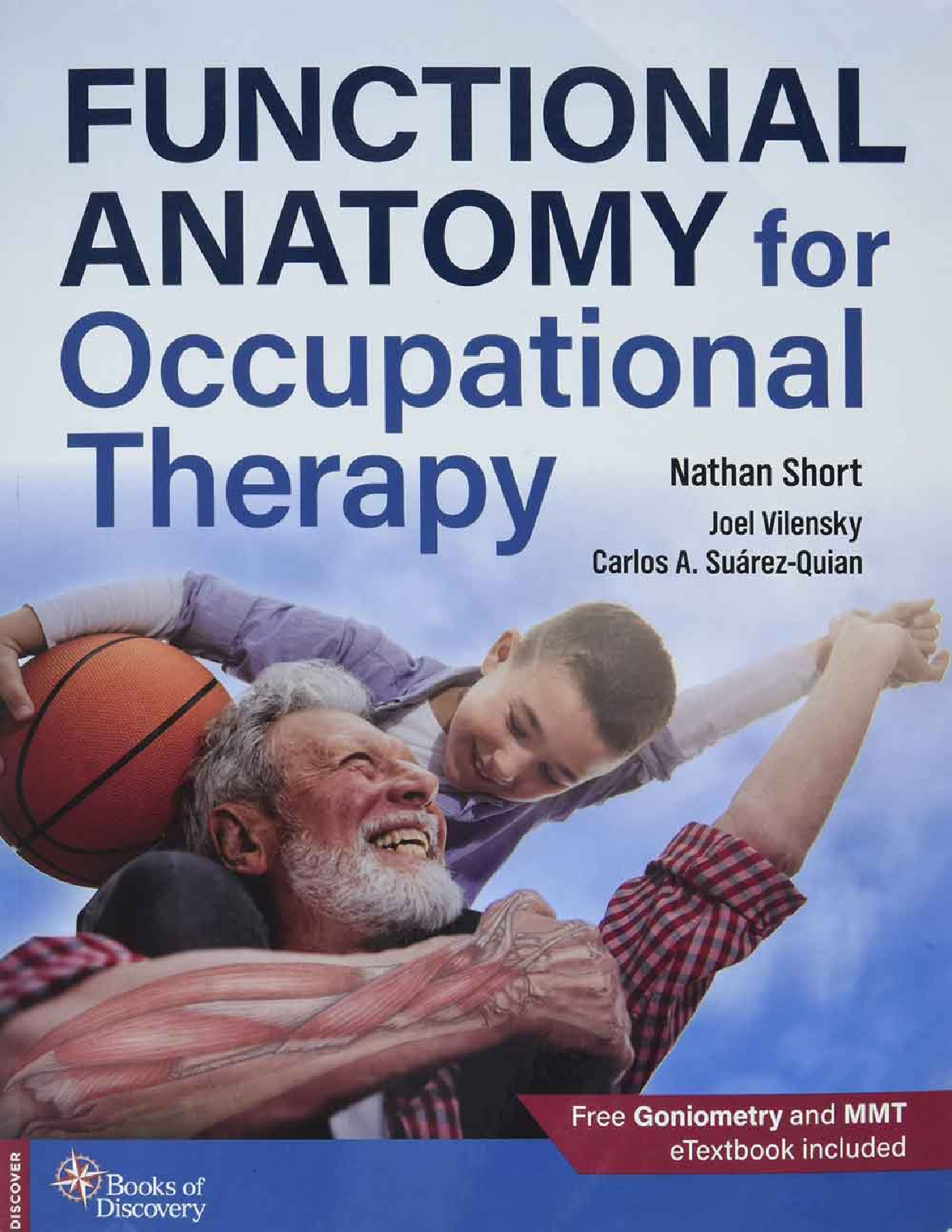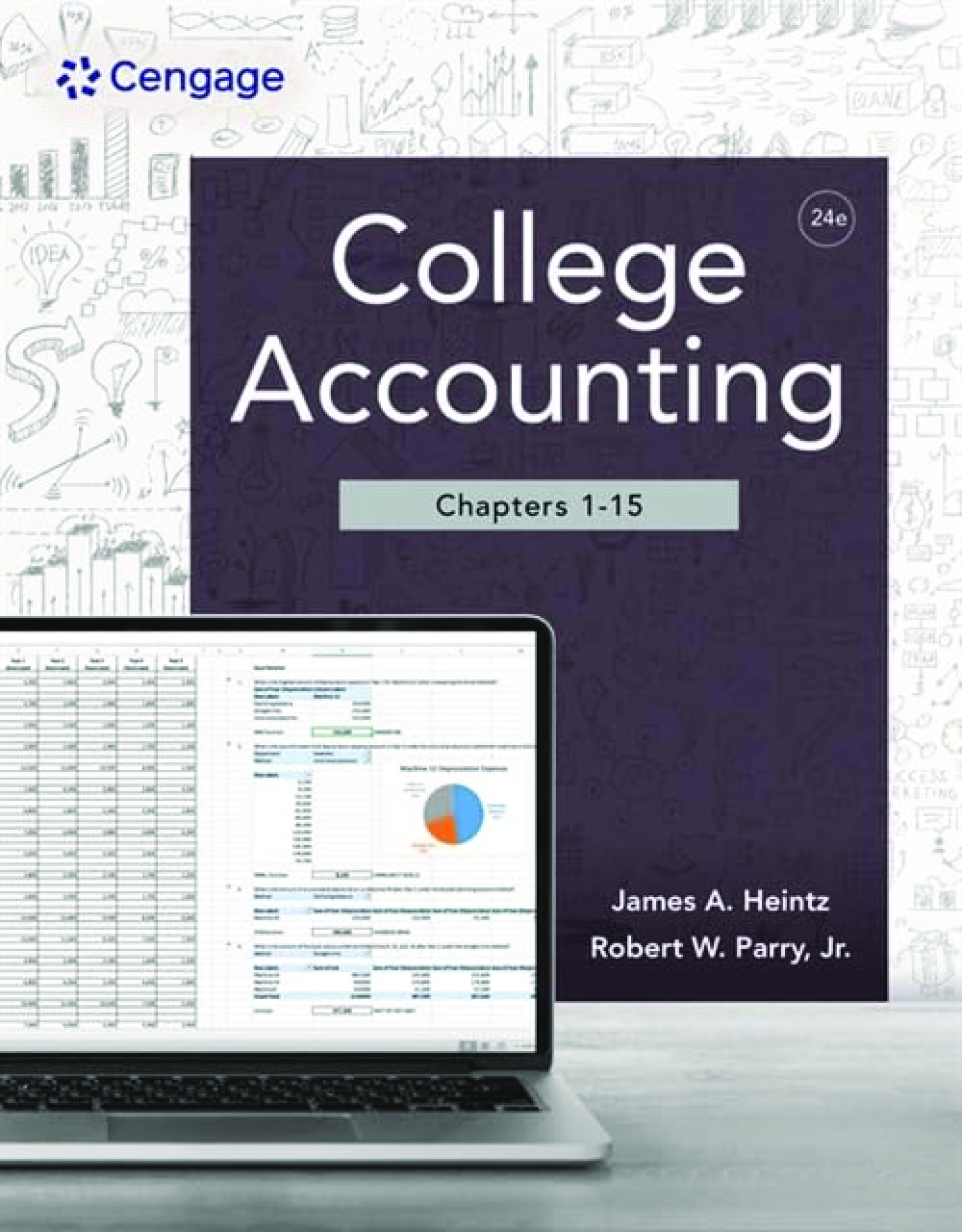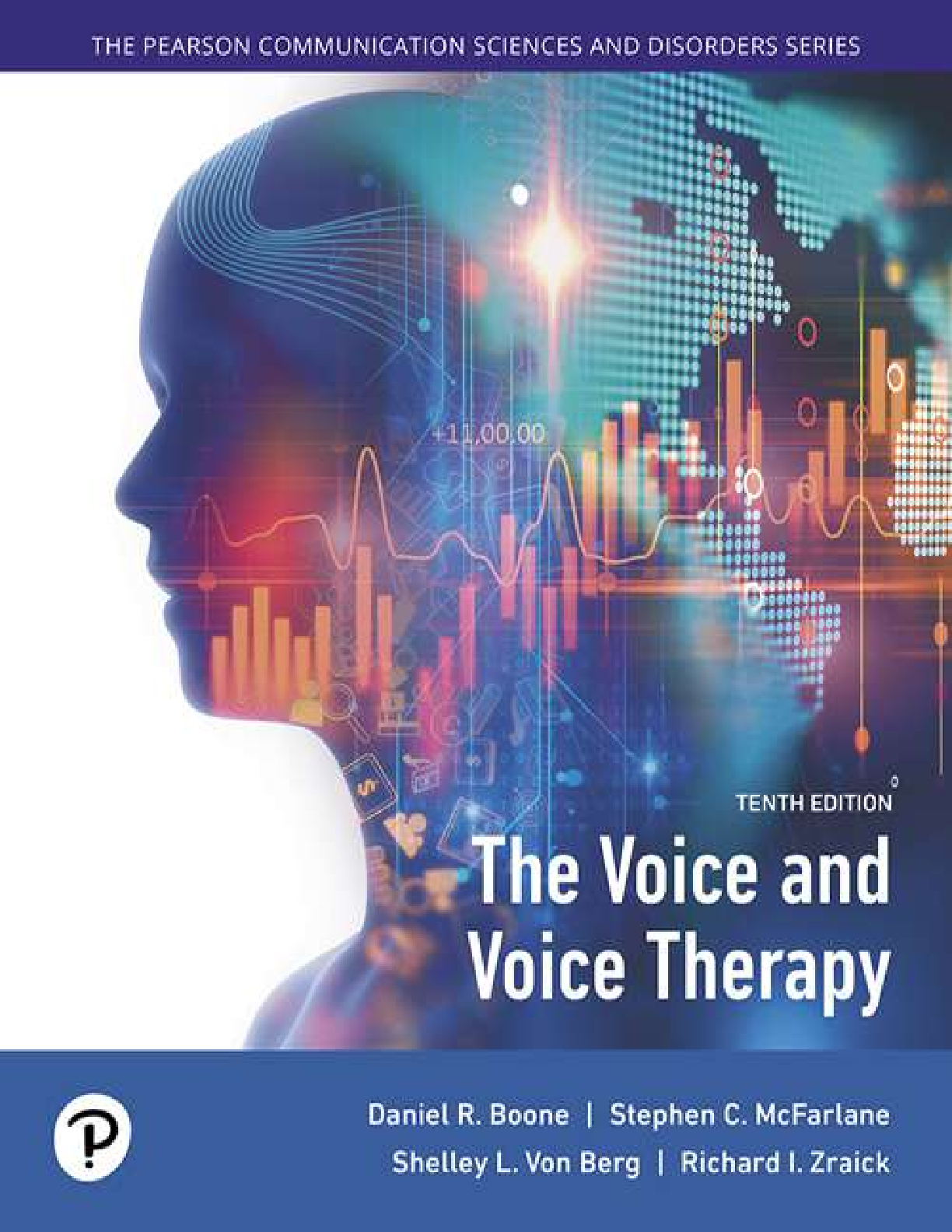Control and Instrumentation > eBook-PDF > eBook for Nutrition Concepts and Controversies 15th Edition By Frances Sizer, Ellie Whitney (All)
eBook for Nutrition Concepts and Controversies 15th Edition By Frances Sizer, Ellie Whitney
Document Content and Description Below
eBook for IM Nutrition Concepts and Controversies, 15th Edition By Frances Sizer, Ellie Whitney Get all 15 Chapters eBook PDF. Table of Contents Preface Chapter 1: Food Choices and Human Hea... lth A Lifetime of Nourishment The Diet–Health Connection Genetics, Nutrition, and Individuality Think Fitness Why Be Physically Active? Other Lifestyle Choices The Nation’s Nutrition Objectives The Human Body and Its Food Meet the Nutrients Can I Live on Just Supplements? The Challenge of Choosing Foods The Abundance of Foods to Choose From How, Exactly, Can I Recognize a Nutritious Diet? Why People Choose Foods The Science of Nutrition The Scientific Approach Scientific Challenge Can I Trust the Media for Nutrition Information? National Nutrition Research Changing Behaviors The Process of Change Taking Stock and Setting Goals Start Now A consumer’sguide to: Reading Nutrition News Foo dfeature: Nutrient Density: How to Get Enough Nutrients without Too Many Calories CONTROVERSY 1: Sorting Imposters from Real Nutrition Experts Chapter 2: Nutrition Tools—Standards and Guidelines Nutrient Recommendations Two Sets of Standards The DRI Lists and Purposes Understanding the DRI How the Committee Establishes DRI Values—An RDA Example Determining Individual Requirements Setting Energy Requirements Why Are Daily Values Used on Labels? Dietary Guidelines for Americans Think Fitness: Recommendations for Daily Physical Activity Diet Planning Using the USDA Eating Patterns The Food Groups and Subgroups Choosing Nutrient-Dense Foods Diet Planning MyPlate Educational Tool Flexibility of the USDA Eating Patterns Food Lists for Weight Management A consumer’s Guide to: Controlling Portion Sizes at Home and Away The Last Word on Diet Planning Checking Out Food Labels What Food Labels Must Include What Food Labels May Include Food feature: Getting a Feel for the Nutrients CONTROVERSY 2: Are Some Foods Superfoods for Health? Chapter 3: The Remarkable Body The Body’s Cells Genes Control Functions Cells, Tissues, Organs, Systems The Body Fluids and the Circulatory System The Hormonal and NervousSystems What Do Hormones Have to Do with Nutrition? How Does the Nervous System Interact with Nutrition? The Digestive System Why Do People Like Sugar, Salt, and Fat? The Digestive Tract Structures The Mechanical Aspect of Digestion The Chemical Aspect of Digestion Microbes in the Digestive Tract Are Some Food Combinations More Easily Digested than Others? If “I Am What I Eat,” Then How Does a Peanut Butter Sandwich Become “Me”? Absorption and Transport of Nutrients A Letter from Your Digestive Tract The Excretory System Storage Systems When I Eat More than My Body Needs, What Happens to the Extra Nutrients? Variations in Nutrient Stores Conclusion Controversy 3: Alcohol Use: Risks and Benefits Chapter 4: The Carbohydrates: Sugar,Starch, Glycogen, and Fiber A Close Look at Carbohydrates Sugars Starch Glycogen Fibers Summary The Need for Carbohydrates If I Want to Lose Weight and Stay Healthy, Should I Avoid Carbohydrates? Why Do Nutrition Experts RecommendFiber-Rich Foods? Fiber Intakes and Excesses Whole Grains From Carbohydrates to Glucose Digestion and Absorption of Carbohydrate A Consumer’s Guide to: Finding Whole-Grain Foods Why Do Some People Have Trouble Digesting Milk? The Body’s Use of Glucose Splitting Glucose for Energy How Is Glucose Regulated in the Body? Excess Glucose and Body Fatness Think Fitness: What Can I Eat to Make Workouts Easier? The Glycemic Index of Food What Happens If Blood Glucose Regulation Fails? Hypoglycemia Conclusion Food Feature: Finding the Carbohydrates in Foods CONTROVERSY 4: Are Added Sugars “Bad” for You? Chapter 5: The Lipids: Fats, Oils, Phospholipids, and Sterols Introducing the Lipids How Are Fats Useful to the Body? How Are Fats Useful in Food? A Close Look at Lipids Triglycerides: Fatty Acids and Glycerol Saturated vs. Unsaturated Fatty Acids Phospholipids and Sterols Lipids in the Body How Are Fats Digested and Absorbed? Transport of Fats Storing and Using the Body’s Fat Dietary Fat, Cholesterol, and Health Recommendations for Lipid Intakes Lipoproteins and Heart Disease Risk What Does Food Cholesterol Have to Do with Blood Cholesterol? Recommendations Applied Think Fitness: Why Exercise the Body for the Health of the Heart? Essential Polyunsaturated Fatty Acids Why Do I Need Essential Fatty Acids? Omega-6 and Omega-3 Fatty Acid Families Omega-3 Fatty Acids Requirements and Sources A consumer’s Guide to: Weighing Seafood’s Risks and Benefits The Effects of Processing on Unsaturated Fats What Is “Hydrogenated Vegetable Oil,” and What’s It Doing in My Chocolate Chip Cookies? What Are Trans-Fatty Acids, and Are They Harmful? Fat in the Diet Get to Know the Fats in Foods Fats in Protein Foods Milk and Milk Products Grains Food Feature: Defensive Dining CONTROVERSY 5: Butter Really Back? The Lipid Guidelines Debate Chapter 6: The Proteins and Amino Acids The Structure of Proteins Amino Acids How Do Amino Acids Build Proteins? The Variety of Proteins Think Fitness: Can Eating Extra Protein Make Muscles Denaturation of Proteins Digestion and Absorption of Dietary Protein Protein Digestion What Happens to Amino Acids after Protein Is Digested? The Importance of Protein The Roles of Body Proteins Providing Energy and Glucose The Fate of an Amino Acid A consumer’s Guide to: Evaluating Protein and Amino Acid Supplements Food Protein: Need and Quality How Much Protein Do People Need? Nitrogen Balance Protein Quality Protein Deficiency and Excess What Happens When People Consume Too Little Protein? Is It Possible to Consume Too Much Protein? Is a Gluten-Free Diet Best for Health? Food Feature: Getting Enough but Not Too Much Protein CONTROVERS Y 6: Are Vegetarian or Meat-Containing Diets Better for Health? Chapter 7: The Vitamins Definition and Classification of Vitamins Vitamin Precursors Two Classes of Vitamins: Fat-Soluble and Water-Soluble The Fat-Soluble Vitamins Vitamin A Roles of Vitamin A and Consequences of Deficiency Vitamin A Toxicity Vitamin A Recommendations and Sources Beta-Carotene Vitamin D Roles of Vitamin D Too Little Vitamin D—A Danger to Bones Too Much Vitamin D—A Danger to Soft Tissues Vitamin D from Sunlight Vitamin D Intake Recommendations Vitamin D Food Sources Roles of Vitamin E Vitamin E Deficiency Vitamin E Toxicity of Vitamin E Vitamin E Recommendations and U.S. Intakes Vitamin E Food Sources Vitamin K Roles of Vitamin K Vitamin K Deficiency Vitamin K Toxicity Vitamin K Requirements and Sources The Water-Soluble Vitamins Vitamin C The Roles of Vitamin C Deficiency Symptoms and Intakes Vitamin C Toxicity Vitamin C Recommendations Vitamin C Food Sources The B Vitamins in Unison B Vitamin Roles in Metabolism B Vitamin Deficiencies The B Vitamins as Individuals Thiamin A consumer ’sguide to: The Effects of Food Processing on Riboflavin Roles Niacin Folate Vitamin B12 Vitamin B6 Biotin and Pantothenic Acid Non–B Vitamins Food Feature: Choosing Foods Rich in Vitamins CONTROVERSY 7: Vitamin Supplements: What are the Benefits and Risks? Chapter 8: Water and Minerals Water Why Is Water the Most Indispensable Nutrient? The Body’s Water Balance Quenching Thirst and Balancing Losses How Much Water Do I Need to Drink in a Day? A consumer’s Guide to: Liquid Calories Drinking Water: Types, Safety, and Sources Hard Water or Soft Water—Which Is Best? Water Safety and Sources Body Fluids and Minerals Water Follows Salt Fluid and Electrolyte Balance Acid-Base Balance The Major Minerals Calcium Phosphorus Magnesium Sodium Potassium Chloride Sulfate The Trace Minerals Iodine Iron Think Fitness: Exercise-Deficiency Fatigue Zinc Selenium Fluoride Chromium Copper Other Trace Minerals and Some Candidates Food Feature: Meeting the Need for Calcium CONTROVERSY 8: Osteoporosis: Can Lifestyle Choices Reduce the Risk? Chapter 9: Energy Balance and Healthy Body Weight The Problems of Too Little or Too Much Body Fat What Are the Risks from Underweight? What Are the Risks from Too Much Body Fat? What Are the Risks from Central Obesity? How Fat Is Too Fat? The Body’s Energy Balance Energy In and Energy Out How Many Calories Do I Need Each Day? Estimated Energy Requirements (EER) The DRI Method of Estimating Energy Requirements Body Weight vs. Body Fatness Using the Body Mass Index (BMI) Measuring Body Composition and Fat Distribution How Much Body Fat Is Ideal? The Appetite and Its Control Hunger and Appetite—“Go” Signals Satiation and Satiety—“Stop” Signals Inside-the-Body Theories of Obesity Outside-the-Body Theories of Obesity Think Fitness: Activity for a Healthy Body Weight How the Body Loses and Gains Weight The Body’s Response to Energy Deficit The Body’s Response to Energy Surplus Achieving and Maintaining a Healthy Body Weight A consumer’s Guide to: Fad Diets What Food Strategies Are Best for Weight Loss? Physical Activity Strategies What Strategies Are Best for Weight Gain? Medical Treatment of Obesity Obesity Medications Obesity Surgery Herbal Products and Gimmicks Once I’ve Changed My Weight, How Can I Stay Changed? Conclusion CONTROVERSY 9: The Perils of Eating Disorders Chapter 10: Performance Nutrition The Benefits of Fitness The Nature of Fitness Physical Activity Guidelines The Essentials of Fitness How Do Muscles Adapt to Physical Activity? How Does Aerobic Training Benefit the Heart? Three Energy Systems The Muscles’ Energy Reservoir The Anaerobic Energy System The Aerobic Energy System The Active Body’s Use of Fuels The Need for Food Energy Carbohydrate: Vital for Exercisers Carbohydrate Recommendations for Athletes Fat as Fuel for Physical Activity Fat Recommendations for Athletes Protein for Building Muscles and for Fuel Protein Recommendations for Athletes Do Athletes Need Nutrient Supplements? Vitamins and Minerals—Keys to Performance Iron—A Mineral of Concern Fluids and Temperature Regulation in Physical Activity Water Losses during Physical Activity Fluid and Electrolyte Needs during Physical Activity A Consumer’s Guide to: Selecting Sports Drinks Other Beverages Putting It All Together Food Feature: Choosing a Performance Diet CONTROVERSY 10: Ergogenic Aids: Breakthroughs, Gimmicks, or Dangers? Chapter 11: Nutrition and Chronic Diseases Causation of Chronic Diseases Cardiovascular Diseases (CVD) Atherosclerosis and Hypertension Risk Factors for Cardiovascular Disease Preventive Measures against CVD Think Fitness: Ways to Include Physical Activity in a Day Diabetes How Does Type 2 Diabetes Develop? Harms from Diabetes Diabetes Prevention and Management Cancer The Cancer Disease Process A Consumer’s Guide to: Deciding about CAM Cancer Risk Factors Cancer Prevention Conclusion Food Feature: The DASH Diet: Preventive Medicine CONTROVERS Y 11: Nutritional Genomics: Can It Deliver on Its Promises? Chapter 12: Food Safety and Food Technology Microbes and Food Safety How Do Microbes in Food Cause Illness in the Body? Food Safety from Farm to Plate Safe Food Practices for Individuals Which Foods Are Most Likely to Cause Illness? Protein Foods Raw Produce Other Foods Advances in Microbial Food Safety Is Irradiation Safe? Other Technologies Toxins, Residues, and Contaminants in Foods Natural Toxins in Foods Pesticides A Consumer’s Guide to: Understanding Organic Foods Animal Drugs—What Are the Risks? Environmental Contaminants Are Food Additives Safe? Regulations Governing Additives Additives to Improve Safety and Quality Flavoring Agents Fat Replacers and Artificial Fats Incidental Food Additives Conclusion Food Feature: Handling Real-Life Challenges to Food Safety CONTROVER SY 12: Genetically Engineered Foods: What Are the Pros and Cons? Chapter 13: Life Cycle Nutrition: Mother and Infant Pregnancy: The Impact of Nutrition on the Future Preparing for Pregnancy The Events of Pregnancy Increased Needs for Nutrients Food Assistance Programs How Much Weight Should a Woman Gain during Pregnancy? Weight Loss after Pregnancy Should Pregnant Women Be Physically Active? Teen Pregnancy Think Fitness Physical Activities for Pregnant Women Why Do Some Women Crave Pickles and Ice Cream While Others Can’t Keep Anything Down? Some Cautions for Pregnant Women Drinking during Pregnancy Alcohol’s Effects Fetal Alcohol Syndrome Experts’ Advice Troubleshooting Diabetes Hypertension Preeclampsia Lactation Nutrition during Lactation When Should a Woman Not Breastfeed? Feeding the Infant Nutrient Needs Why Is Breast Milk So Good for Babies? Formula Feeding A consumer’s Guide to: Formula Advertising versus Breastfeeding Advocacy An Infant’s First Solid Foods Looking Ahead Food Feature: Mealtimes with Infants CONTROVERSY 13: Childhood Obesity and Early Chronic Diseases Chapter 14: Child, Teen, and Older Adult Early and Middle Childhood Feeding a Healthy Young Child Mealtimes and Snacking How Do Nutrient Deficiencies Affect a Child’s Brain? The Problem of Lead Food Allergies, Intolerances, and Aversions Can Diet Make a Child Hyperactive? Dental Caries Is Breakfast Really the Most Important Meal of the Day for Children? How Nourishing Are the Meals Served at School? Nutrition in Adolescence Nutrient Needs Common Concerns Eating Patterns and Nutrient Intakes The Later Years A consumer’s Guide to: Nutrition for PMS Relief Nutrition in the Later Years Energy, Activity, and the Muscles Protein Needs Think Fitness: Benefits of Physical Activity for the Older Adult Carbohydrates and Fiber Fats and Arthritis Water and the Minerals Can Diet Choices Lengthen Life? Aging, Immunity, and Inflammation Can Diet Affect the Course of Alzheimer’s Disease? Food Choices of Older Adults Food Feature: Single Survival and Nutrition CONTROVERS 14: Nutrient–Drug Interactions:Who Should Be Concerned? Chapter 15: Hunger and the Future of Food U.S. Food Insecurity Food Poverty in the United States What U.S. Food Programs Address Low Food Security? World Poverty and Hunger The Malnutrition of Extreme Poverty Hidden Hunger—Vitamin and Mineral Deficiencies Two Faces of Childhood Malnutrition Medical Nutrition Therapy The Future Food Supply and the Environment Threats to the Food Supply Fisheries and Food Waste How Can People Help? Government Action Private and Community Enterprises Educators and Students Food and Nutrition Professionals Individuals Conclusion A consumer’s Guide to: Making “Green” Choices (Without Getting “Greenwashed”) CONTROVERSY 15: How Can We Feed Ourselves Sustainably? Appendix Contents Appendix A: Chemical Structures: Carbohydrates, Lipids, and Amino Acids Appendix B: World Health Organization Guidelines Appendix C: Aids to Calculations Appendix D: Food Lists for Diabetes and Weight Management Appendix E: Eating Patterns to Meet the Dietary Guidelines for Americans Appendix F: Notes Appendix G: Answers to Chapter Questions Answers to Consumer’s Guide Reviewand Self-Check Question Appendix H: Physical Activity Levels and Energy Requirements Glossary Index [Show More]
Last updated: 11 months ago
Preview 1 out of 880 pages

Buy this document to get the full access instantly
Instant Download Access after purchase
Buy NowInstant download
We Accept:

Reviews( 1 )

by eBookSmTb · 3 years ago
$20.00
Can't find what you want? Try our AI powered Search
Document information
Connected school, study & course
About the document
Uploaded On
Oct 10, 2021
Number of pages
880
Written in
Additional information
This document has been written for:
Uploaded
Oct 10, 2021
Downloads
1
Views
139


